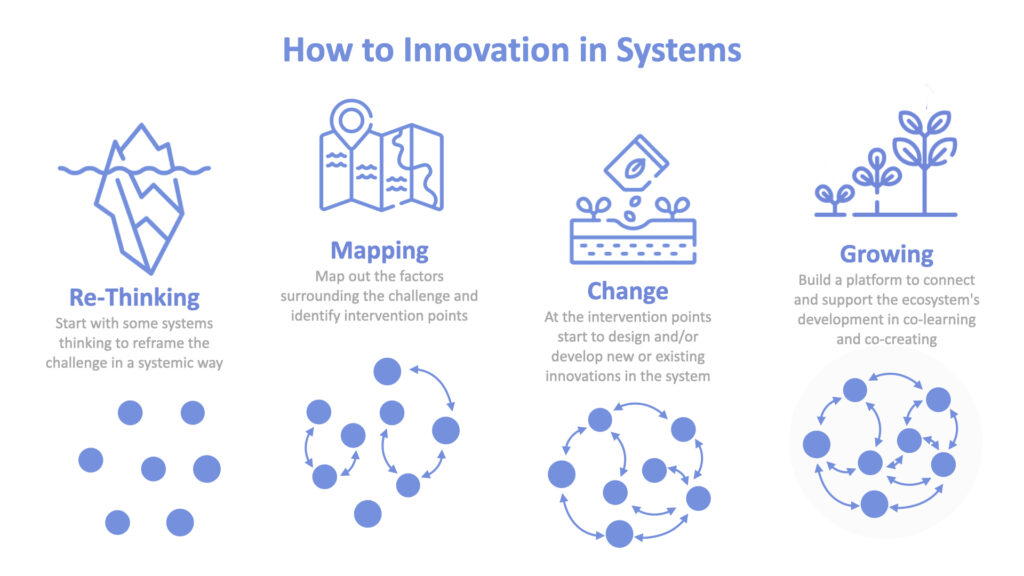Food, advocacy, and systemic change
Now, more than ever, we need much more than the temporary relief of hunger that has increased with recent problems. This website is an effort to bring together folks in Alameda Point to not just offer relief from hunger, but to enable collaboration both within and across various communities to experiment with fundamental systemic changes that foster resiliency, equity and sustainability. Some would give a hungry person a fish, some wood, teach them to fish. Join us to change the fishing industry!
History of Food Gatherers in Ann Arbor, Michigan
The guy who got it started, Paul Saginaw is someone that I have known for decades. Here is a video history they posted on their website.
Understanding Food Gatherers
Here’s a summary of how Food Gatherers (FG) works — followed by how it both aligns with and differs from a typical “food bank”, and how other groups might learn from their model to supplement what food banks are doing in their neighborhoods (which connects nicely with community-driven, circular economy and peer-production.
What Food Gatherers does
- It is the lead hunger-relief agency for Washtenaw County, Michigan.
- They act both as a food bank + food rescue program: they collect surplus food, distribute to partner agencies, and run direct service programs (community kitchen, school pantry, summer meals).
- They distribute large volumes of food: e.g., in FY 2024 they distributed ~10.3 million lbs of food (~8.5 million meals) through their network.
- They emphasise healthy food: more than ~60% of food distributed is fresh produce or protein.
- They do more than just distribute food: they engage in education, training, advocacy (on policy/system change) to “eliminate the causes of hunger”.
- They partner with many community organisations: schools, healthcare providers, low-cost food programs, etc.
How it’s like a “food bank” — and how it goes beyond
Similarities with a standard food bank model:
- The core mission: collecting food (donations, rescue of surplus), storing/sorting it, and distributing to people in need through partner agencies or directly. FG does exactly this.
- Operates a warehouse/receiving structure, logistics, partnerships with pantries, meal programs.
- Serves low-income/food-insecure populations in a defined geographic area (Washtenaw County).
Distinctive features / “going beyond”:
- Food rescue + redistribution focus: FG emphasises rescuing surplus from food donors (stores, restaurants, farms) and redistributing it rather than only receiving standard food bank donations. (E.g., “first food rescue program in Michigan”.)
- Strong emphasis on nutritious food: Many food banks focus on calories & volume; FG emphasises protein & fresh produce and has a nutrition policy.
- Direct programming + training: They don’t just give out food: e.g., they run a Community Kitchen, a Healthy School Pantry, summer meals, and even job-training for young adults.
- Advocacy & systemic change: FG is explicit about working on root causes of hunger (not just ameliorating). “Hunger will not be solved with food alone”.
- Networked partner model: They support a large network of “community partners” (pantries, meal sites, schools) rather than acting purely as a standalone distribution point.
Lessons for new groups who want to supplement what food banks are doing
For a community-group (perhaps aligned with commons based peer production ( CBPP) / regenerative economy orientation) that wants to augment rather than replicate typical food bank work, here are actionable insights drawn from FG’s experience:
- Identify the niche or gap your group can fill
- Map existing food bank/ pantry services in your area: what’s covered, what’s underserved (e.g., fresh produce, culturally-appropriate foods, direct distribution, mobile outreach).
- FG shows the value of focusing on “healthy / fresh / protein” choices — you might focus on e.g. produce rescue, mobile distributions, culturally-specific food, or direct-to-consumer models.
- Consider food-waste rescue from local retail/ restaurants/ farms → redirect to community use (following FG’s rescue model).
- Build partner networks and collaborate rather than duplicate
- Just as FG supports 140+ partner programs, new groups should connect with existing pantries, shelters, schools, faith organisations, local farms/grocers.
- Use shared logistics/training/warehousing where possible to leverage scale and avoid reinventing the wheel.
- Example: Your group could specialise in “community-owned neighborhood distributions” or “local gleaning and peer-to-peer share” rather than full warehouse operations.
- Focus on systems, training and capacity, not just handing out food
- FG’s training programmes (food-service, youth job-training) strengthen community resilience. Your group might run workshops: food-preservation, urban-gardening, community kitchen skills, cooking with fresh produce, or community-owned food enterprises.
- Embed digital/educational platforms (which aligns with your platform coop interest) to enable peer-learning, share good practices, build a “commons” of knowledge for community food resilience.
- Use data, quality standards, and continuous improvement
- FG collects metrics (pounds of food, meals equivalent, nutrition quality) and has a nutrition policy.
- Your group should set measurable goals (tons rescued, neighborhoods served, % fresh produce, meals provided) and iterate based on what works.
- Use technology/community platform: share dashboards, community input, volunteer coordination, training modules.
- Embed advocacy and system change
- FG emphasises that hunger is systemic. Your group can also look at root causes: local food systems, food sovereignty, land access, urban agriculture, policy advocacy for equitable food access.
- This aligns very well with a platform cooperative model: enabling community stakeholders to self-organise, share knowledge, coordinate supply/slash logistics locally rather than only relying on centralized “charity” models.
- Leverage peer production and community-owned infrastructure
- CBPP and co-operative platforms can translate into food-system work: e.g., community-owned distribution trucks; volunteer-driven gleaning networks; digital coordination of local food sharing (neighbor-to-neighbor) supported by your platform.
- Example: volunteers could use an LMS or platform to sign up, coordinate pickups of surplus food, schedule neighborhood pop-up distributions, track logistics — similar to “platform coordinating peer action” rather than centrally managed charity.
- Consider sustainability, local circular economy and reducing food waste
- FG rescues surplus that would otherwise go to waste. That connects with circular economy principles — local collection, redistribution, reduced landfill.
- Your group could emphasise local sourcing (farms/gardens), community compost or value-add (e.g., gleaned produce turned into community-kitchen meals), local employment/training — making the food movement integral to local economy rather than purely charitable.
- Local outreach, accessible services, culturally responsive design
- FG partners with schools, healthcare providers — meaning they meet people where they are. Your group should map physical/ logistical access: mobile distribution to underserved neighborhoods, culturally-appropriate foods, accessible for people with disabilities (important given your own work/inclusivity focus).
- Use community voices in planning: co-design with neighborhood users rather than top-down.
Putting it into a platform-cooperative context
Here are some of our goals, including the integration of our learning management system, LMS.
- Use our platform cooperative (e.g., our LMS, community pages, business pages) to create a digital hub for food-system collaboration: local growers, gleaners, distributors, volunteers, pantries, recipients.
- Enable peer-to-peer tools: e.g., volunteers can post availability, surplus food donors can post scheduled excess, community kitchens can post meal events — our platform helps coordinate the “commons” of food access.
- Encourage community-ownership rather than charity: local stakeholders (gardeners, volunteers, neighborhood hubs) share governance of the distribution network, perhaps co-op style.
- Measure impact in a cooperative way: track meals, waste diverted, local jobs created, volunteers trained — share publicly, enable members to see their contributions.
- Educate via the platform: short-courses, webinars, mobile modules on gleaning, food waste, community kitchen operations, inclusive food access — aligning with the LMS side of our work.
- Integrate with our digital equity mission: ensure underserved populations have access (digital, physical) to the food-system tools, coordinate distribution sites in underserved neighborhoods, include accessibility in design.
Systemic Change

Let’s organize in person meetings in Alameda Point to bring about the change we need for a better world. By sharing ideas and working together, we can all grow.

